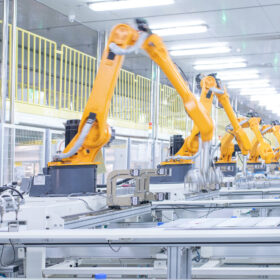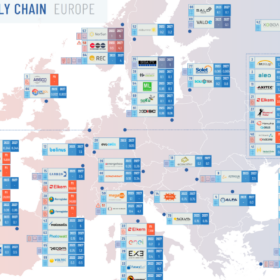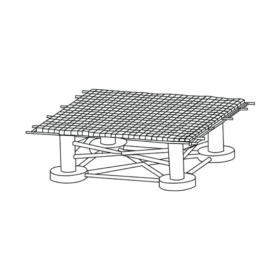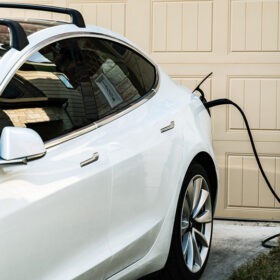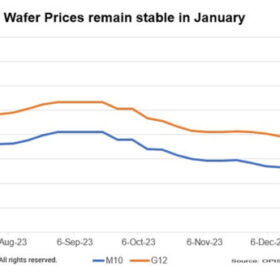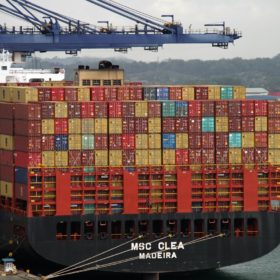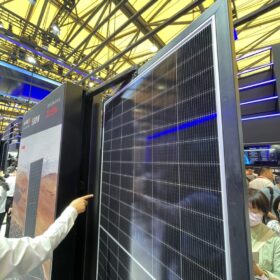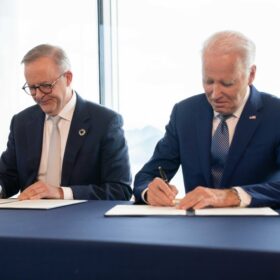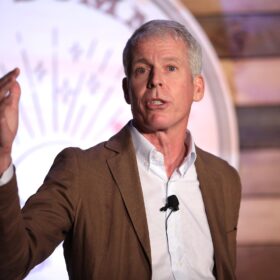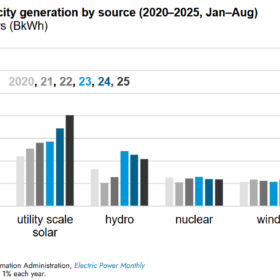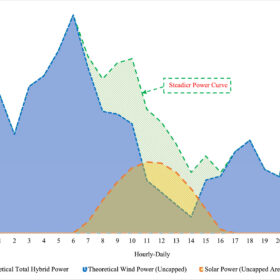JinkoSolar claims top spot in 2023 PV module shipment rankings
Chinese manufacturer JinkoSolar says its solar module shipments reached 78.5 GW in 2023. This year, it says it hopes to sell up to 110 GW of panels.
Report tracks emerging PV manufacturing hubs in Europe, North America
Sinovoltaics is studying the changes in the supply chains in manufacturing hubs in Europe and North America to determine site capacity, current and planned, for dozens of manufacturers. The results are being published in free reports.
New modular design for offshore floating photovoltaic platforms
A team of scientists from China and the United States studied ways to optimize floating photovoltaics for offshore use. It found that the robustness of the systems was influenced by the size and number of platforms, as well as the types of connections between platforms.
U.S. steel solar module frames have one tenth embodied carbon of Chinese aluminum alternatives
An independent study commissioned by Origami Solar and conducted by Boundless Impact Research & Analytics found that U.S.-made recycled steel module frames show a 90.4% reduction in greenhouse gas emissions compared to traditional virgin material aluminum module frames shipped from China.
Blue skies ahead for EVs and the energy metals that power them
Every new major innovation experience hiccups on the way to mainstream adoption, but the EV market has had stratospheric growth.
Wafer prices stable ahead of Chinese New Year festivities
In a new weekly update for pv magazine, OPIS, a Dow Jones company, provides a quick look at the main price trends in the global PV industry.
Bipartisan Senators request increased tariffs on solar imports from China
In attempt to support U.S. manufacturing competition with lower-cost imported solar components, the Senators requested the president invoke Section 301 of the Trade Act of 1974 to enforce tariffs.
Auxin Solar files lawsuit against U.S. government for Biden solar tariff pause
The small solar panel manufacturer filed suit against the U.S. Department of Commerce and Customs and Border Patrol related to the pause of tariffs on goods in alleged antidumping violations.
Longi announces 27.09% efficiency for heterojunction back contact solar cell
Longi has announced the achievement of 27.09% efficiency for its heterojunction back contact (HBC) solar cell, a result that has been confirmed by Germany’s Institute for Solar Energy Research (ISFH).
U.S. draft rules may disqualify Australian critical minerals from IRA subsidies
A number of critical mineral producers will likely be ineligible for U.S. Inflation Reduction Act (IRA) subsidies, as the US government has published draft rules forbidding access to enterprises with stakes held by Chinese investors.
